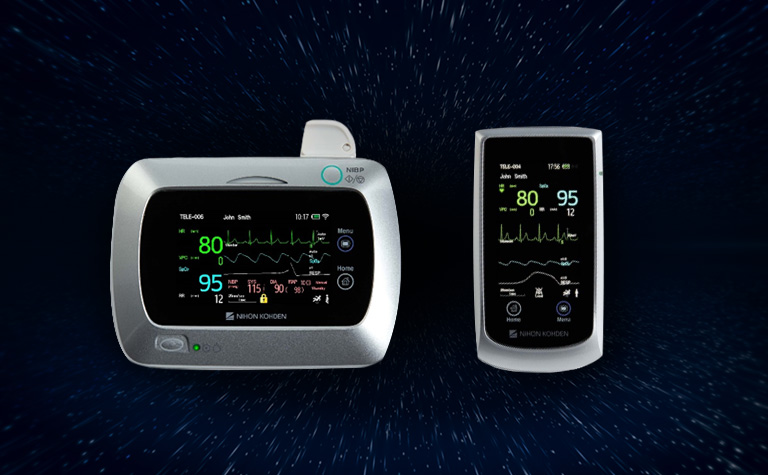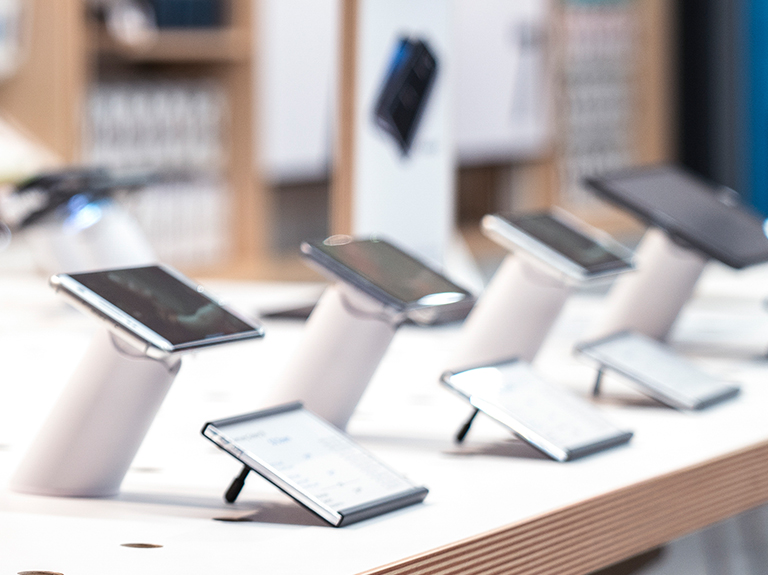
Some 2,400 years ago, Hippocrates deemed walking the best medicine. And while it’s no panacea, even modern physicians agree on its tremendous benefits to preventative care and recovery.
More and more clinicians are recognizing ambulation – a patient’s ability to move after a medical operation – as a critical step in improving patient outcomes, both in and out of the hospital. And post-procedure mobility has proven time and again to shave days off of patient hospital stays. Plus, it results in significantly lower medical costs for patients and hospitals alike.
But while a few light walks throughout the hospital hallways seem like the miracle solution to fast-tracking patient recovery, it comes with significant challenges for hospitals. Inpatients need their vital signs monitored around the clock. And network-connected wearable monitoring devices – called telemeters – currently rely on a Wi-Fi connection to send data. So if a patient walks into a Wi-Fi dead zone in another hospital wing or wanders outdoors for fresh air, healthcare providers might miss critical alarms or abnormalities in the patient’s vitals. That network limitation means nurses must accompany patients on these outings, resulting in increased costs and staffing resources for the hospital.
In an effort to untether patient ambulation from this catch-22, medical equipment manufacturer Nihon Kohden teamed up with the AT&T Foundry to solve this connectivity dilemma. The result was a prototype for a cellular “travel pack” to ensure the uninterrupted capture of patient vitals data.
The travel pack device attaches to Nihon Kohden’s wearable Life Scope® G3 telemeter. It automatically toggles between a hospital’s Wi-Fi network and an LTE connection, depending on which signal is stronger in any given location. This ensures hospital staff continues receiving vital signs as the patient moves about the hospital and even outdoors.
But those near-real time data insights are useless if unassisted patients experience a medical emergency and staff can’t find them. So, our Foundry team in Houston built in a GPS solution for more precise location tracking both inside and outside the hospital. If the device sends an alarm, hospital staff can more quickly and accurately provide in-person assistance.
We also developed a web interface for managing the G3 devices remotely. Nihon Kohden currently provides its own wireless patient monitoring solution to hospitals so they can better manage patient vital data and visualize patient status. The Foundry team integrated this solution into the device and developed a visual dashboard. This allows hospitals to view a variety of patient and network data statistics. For example, hospital staff can view alerts on patient vitals like respiration and blood-oxygen content alongside overall device data usage and most frequently used network connection.
Finally, the Foundry iterated on its initial prototype to make it more mobile and user-friendly. Once we had a complete working system, we miniaturized the travel pack into a more compact size, allowing it to better fit onto the patient’s G3 device.
We’re currently working with Nihon Kohden to trial this capability within a real hospital setting. But we see great potential beyond the clinical setting. In the future, AT&T’s vision is to help Nihon Kohden provide seamless patient monitoring so physicians can deliver continuous, uninterrupted care wherever their patients may be.


